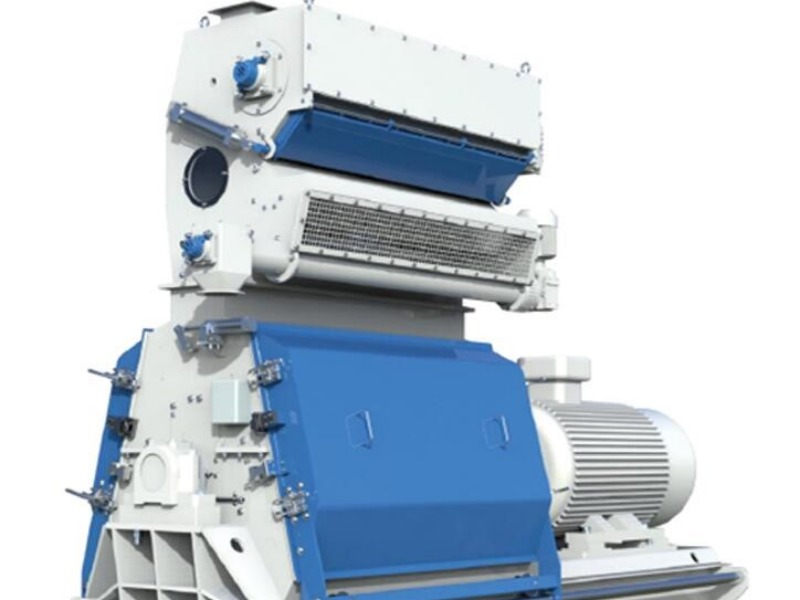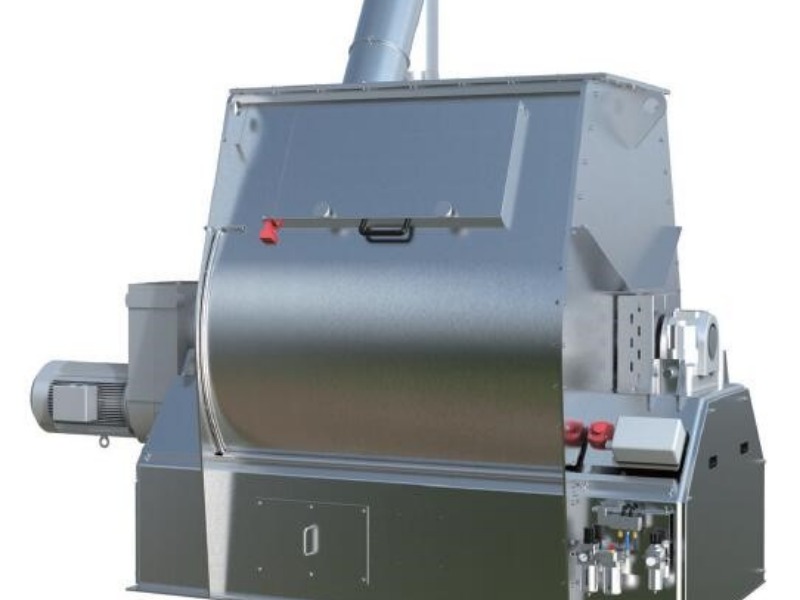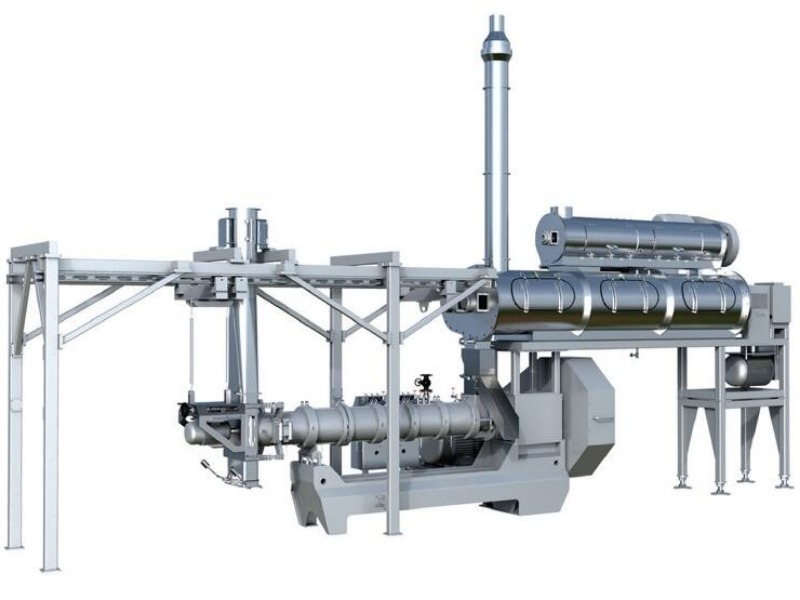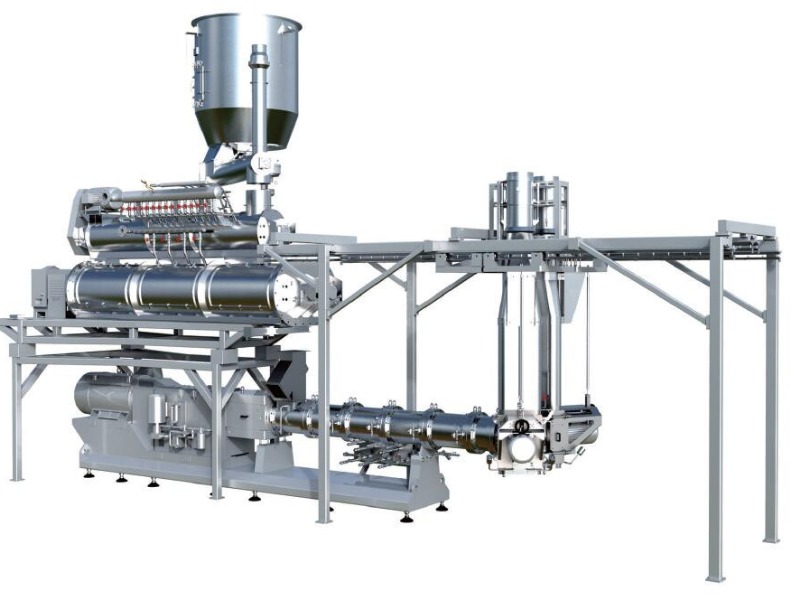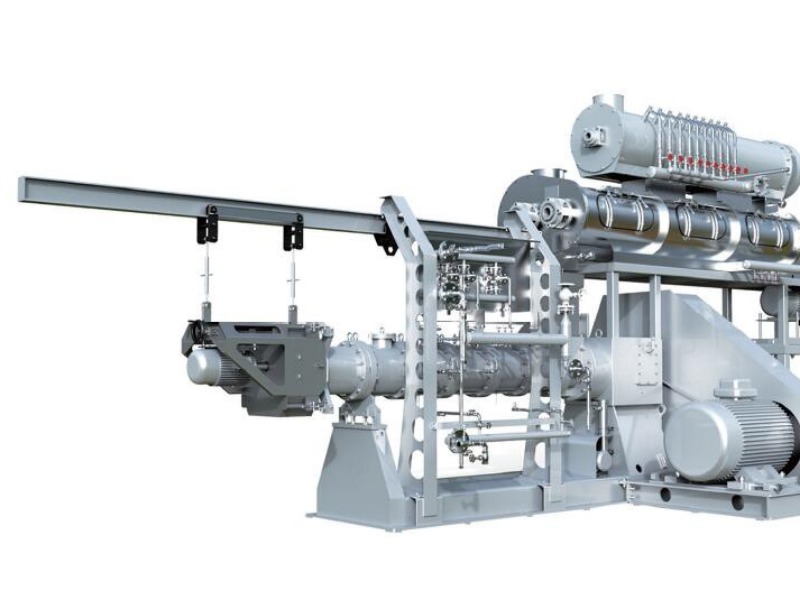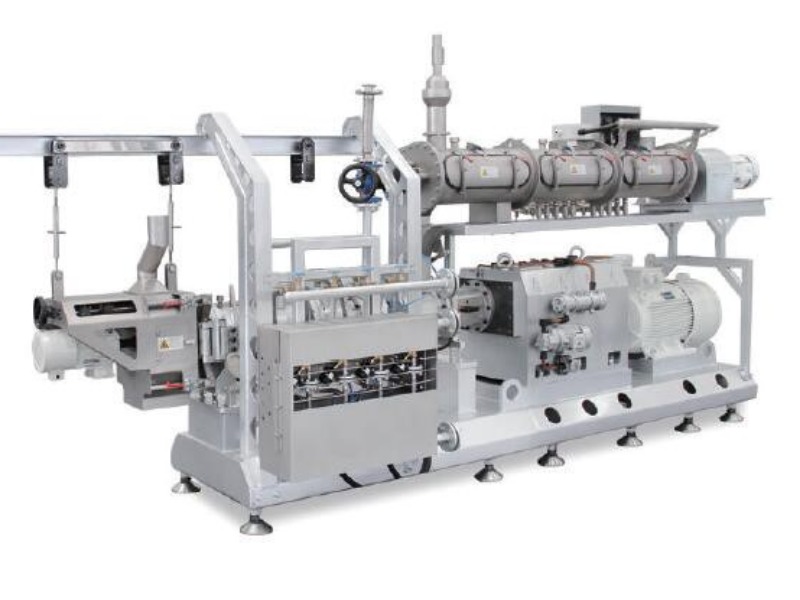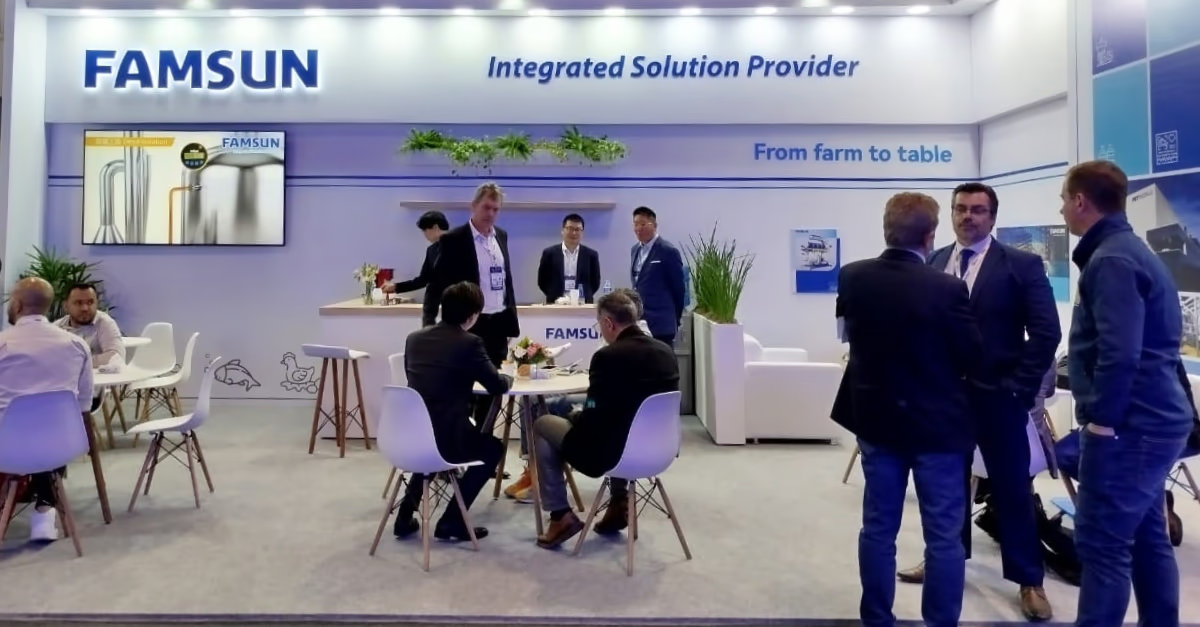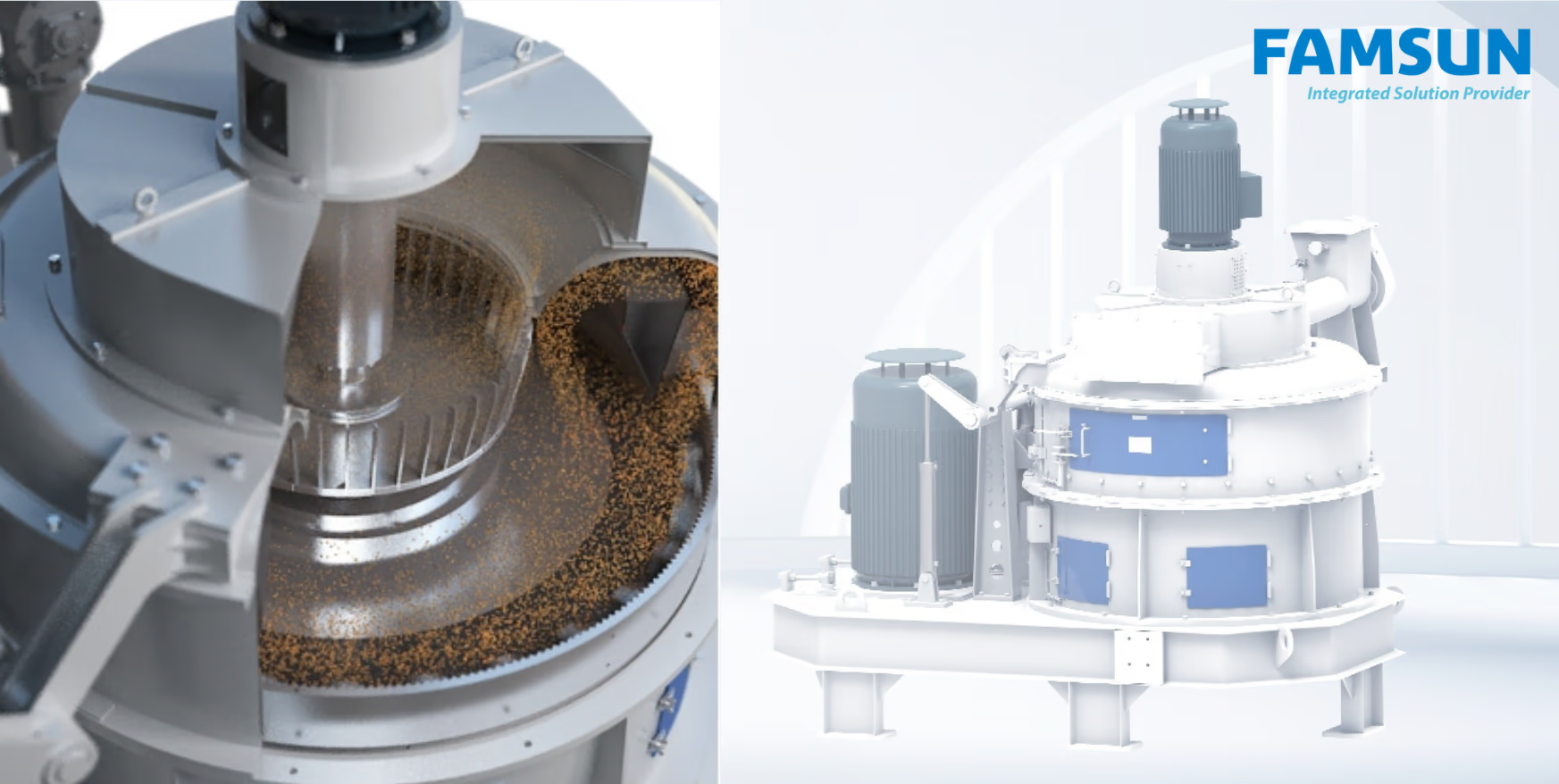The list was public announced on the website of Ministry of Industry and Information Technology (MIIT) of the People's Republic of China on September 27, 2021.
FAMSUN was listed for its Fcloud - a professional industrial internet platform based on a secure and reliable Internet of Things cloud platform architecture. The platform provides agri-food manufacturing plants and companies with comprehensive data services from data-aware, data collection to cloud computing, data analysis, and digital applications for production and operation. It is an industrial platform that allows users to access or share data and information about the best practices, solutions, experiences, and insights on production, operation, governance, and green growth in the agri-food industry.
According to FAMSUN, the Fcloud is not only about intelligent factory production from raw material inbound to processing execution and finished product delivery. It also provides the supervision and management of vehicles, facilities, assets, environment, energy consumption, and security system of the whole plant, which allow producers better use and protect their properties, improve the well-being of employees, save energy and reduce waste.
The Ministry of Industry and Information Technology (MIIT) appraised the entities named in the 2021 List for their outstanding abilities and ambitious plans on the modernization and digital development of manufacture and supply chains in their respective fields. The pilot and demonstration period are two years. The qualified programs for sure will drive the high-quality development of industry and information technology and improve the efficiency of economic circulation in China.
'We will see the qualification as a recognition of our industry expertise, deep technology, and experience in delivering advanced industrial digital and intelligent manufacturing solutions to the agri-food industry," said FAMSUN. 'It will also motivate us to keep innovating and introducing the latest digital technologies such as artificial intelligence, IoT, blockchain, and 5G wireless communication into our processing and production solutions, and moving forwards under the commitments to advanced productivity, quality life, and a sustainable future.'
Agri-Food China
COFCO signs second sustainability-linked loan
September 24, 2021
COFCO International on Sept. 22 signed an agreement for a new $700 million sustainability-linked three-year term loan with seven banks.
China's high-quality grain projects boost domestic agriculture development
September 23, 2021
China's implementation of high-quality grain projects has promoted supply-side structural reform in agriculture, helped to increase food supply, and reaped benefits for farmers.
Marketplace
China to Strengthen Agricultural Sci-tech Innovation
September 20, 2021
The Chinese Academy of Agricultural Sciences (CAAS) has released a plan for promoting key subjects during the 14th Five-Year Plan period (2021-2025) to enhance the country's agricultural sci-tech innovation.
China donates $100,000 to Dominican Republic to fight African swine fever
September 20, 2021
To support the Dominican Republic's fight against African swine fever (ASF), the People's Republic of China government donated $100,000 (more than 5.7 million pesos) to collaborate with the fight against the disease that threatens the local swine population.
ADM Further Expands Global Nutrition Capabilities With Advanced Flavor Production
Facility in Pinghu, China
September 15, 2021 ADM (NYSE: ADM) today unveiled the ADM Food Technology (Pinghu) Co., Ltd., a state-of-the-art, fully automated flavor production facility situated in Pinghu, Zhejiang Province, China.
DSM sites in Jiangsu Province, China in first group to sign Renewable Energy Power
Purchase Agreements
September 8, 2021
Today, Royal DSM - a global, purpose-led, science-based company active in Nutrition, Health and Sustainable Living - announced that its four plants in Jiangsu have joined the first batch of companies in China's Jiangsu Province to sign Renewable Energy Power Purchase Agreements.
Japfa expands with partnerships in China
September 1, 2021
Japfa Ltd had entered into two separate agreements with Genki Forest and Honest Dairy, the company announced today via press release.
Market Insights
The Asia Food Challenge:
Understanding the New Asian Consumer
Asia is set to experience a seismic shift in food trends over the next decade, as consumers become more affluent, sophisticated and demanding, driving US$2.4 trillion of Asia's incremental food spend by 2030.
Asian consumers are set to double their spending on food by 2030, leaving a gaping hole for investors to bring healthier and more sustainable options to the table, according to a new joint report by PwC, Rabobank and Temasek.
Food spending in the region will hit more than $8 trillion by the start of the next decade — up from $4 trillion in 2019 — becoming the world's largest food and beverage market, the group's 'Asia Food Challenge Report 2021' said.
Much of that demand will come from changing consumer habits in an increasingly health-conscious, digital savvy region, but also from its rapidly growing population. By 2030, Asia is expected to be home to 4.5 billion people and 65% of the world's middle class.
The Asia Food Challenge
The inaugural report 'The Asia Food Challenge: Harvesting the Future' in 2019 highlighted the doubling of Asian consumers' food spend to over US$8 trillion by 2030, as well as the US$800 billion in upstream investment needed to meet it.
This year's report focuses on the importance of the Asian consumer, highlighting the exciting opportunities abound for agri-businesses seeking to satisfy a diverse and fast-evolving set of markets. Consumer choices will drive 55 percent of the US$4.4 trillion incremental food spend in the next decade.
To meet this fast-growing, consumer-driven spend, it is estimated that an additional US$750 billion in incremental investment will be required above existing levels by 2030, across the entire value chain. This
brings the total investment required to US$1.55 trillion by 2030. Addressing consumer needs will be a crucial factor in directing this massive investment, according to the joint research, which is based on a survey of 3,600 consumers across 10 Asian countries, Australia and New Zealand, as well as conversations with senior executives and experts.
A deeper, more granular grasp of consumers' behavior and food trends across Asia's heterogenous markets will be needed to allocate capital efficiently and capture higher returns. Value creation has never been more important than in today's increasingly competitive and ever-changing environment. Having a well-defined plan will enable business leaders and investors to maximize these opportunities and plan for a more resilient future. Those who focus on creating value for their business, their shareholders and customers will in turn create value for society and the entire food ecosystem.
Shaping of the new sophisticated Asian consumer
Consumers today are more discerning about the food they eat, influenced by changing demographics, rising affluence and growing incomes. For Asian consumers, the last decade was about trading up – spending growing disposable income on more expensive, tastier food. But in this decade, as the 2020 survey shows, priorities have changed. In particular, many consumers have become more value-seeking. Over half of the consumers no longer just list 'price' and 'taste' as their key purchasing criteria, but demand additional attributes as they become more sophisticated.
How do consumers make choices
While the supply and investment gap outlined above is a call for action and collaboration, it is important to recognize that this demand is consumer-driven. Consumers and their changing preferences are the real stars in this story. Based on extensive research, the report has distilled the critical shifts in six broad areas:
Asian consumers are shifting to healthier lifestyles and consumption habits. Many are replacing red meat and sugar with fruit, vegetables and healthy snacks, while selectively spending more on foods that offer traits they value, such as freshness and nutrition. They are still highly concerned about food safety, demanding more accountability about their food sources.
This emphasis on transparency also extends to the environmental impact of food production, as more Asians opt for more sustainable food consumption behaviors such as avoiding food wastage and buying local. The need for more sustainable food options has also bolstered interest in plant-based protein among Asian consumers, who are more open to vegetarian or flexitarian diets. Rounding off these six trends is online food purchasing, which Asian consumers have embraced, especially during the pandemic, as online food delivery and supply chain innovations offer greater convenience and speed.
These six trends are not isolated: they are often overlapping and significantly influence the other trends. But they are essential to how food and eating will change in Asia over the next decade. Covid-19 has accelerated these trends across Asia, further altering consumer lifestyles and preferences and forcing businesses to adapt.
The fundamentals: taste and price
There is no question that taste and price are the most fundamental drivers in Asian consumers' decision making. Without the right taste profile and the right price, brands and agri-food players have little chance to get onto the radar of consumers in this highly competitive region.
However, these two factors are increasingly just 'gate keepers'. While they are important to consumers, they no longer differentiate the winners from the rest of the pack. The discussions with many industry experts have led to conclude that successful players will need to combine taste and price with the six emerging trends to meet the higher expectations of the new consumer.
Catering to Asia's diversity
Asian shoppers' preferences within these six areas, such as their concepts of "health" and "quality", can diverge widely across markets. For instance, while health-related food brands have enjoyed a 12 percent valuation premium on average in the last five years, consumers surveyed show marked differences in their willingness to pay for health. Shoppers in markets like Singapore and Japan are considerably less committed to paying a premium than consumers in China, likely because they have the highest food quality and safety standards in Asia 2 and consumers have trust in their enforcement.
Differences in willingness to pay between territories could also be due to a plethora of factors, such as heightened food safety concerns or the lack of understanding about the composition or importance of a healthy diet.
Catering to this large, diverse and dynamic market requires an intimate understanding of common regional trends and local nuances.
Investable opportunities
With agri- and food-tech investments quadrupling between 2014 and 2019 in Southeast Asia, it is clear that investors and business owners will play a pivotal role in the future of the industry, developing new products and business models that are highly responsive to the unique, needs of sophisticated Asian consumers.
The market is ripe for opportunities in innovation and investment, and looks attractive to business leaders and investors alike. When considering the key trends, the research shows that companies with a broad emphasis on health, digital, and sustainable offerings have enjoyed valuation premiums over the last five years, compared with companies that did not.
Similarly, within the nascent, high-growth alternative protein industry, we see high enterprise value-to-revenue multiples compared to traditional packaged food and meat businesses. While alternative protein valuations have been observed to trade at higher multiples than traditional protein companies, it is important to note that given the low number of transactions and the lack of publicly available data to date, it is difficult to get an accurate picture of such multiples at present.
Business leaders and investors will need to prioritize value creation, leveraging insights from the six key trends to drive value for themselves, their customers and society. Meeting the US$ 750 billion consumer-driven investment requirement by 2030 will require creativity from business leaders and investors along the whole value chain.
Source: Famsun Group Co. Ltd.
You could be interested: JBT Marel to Host Pet Food Open Day & Seminar in Belgium
About company

About company
Office & Factory
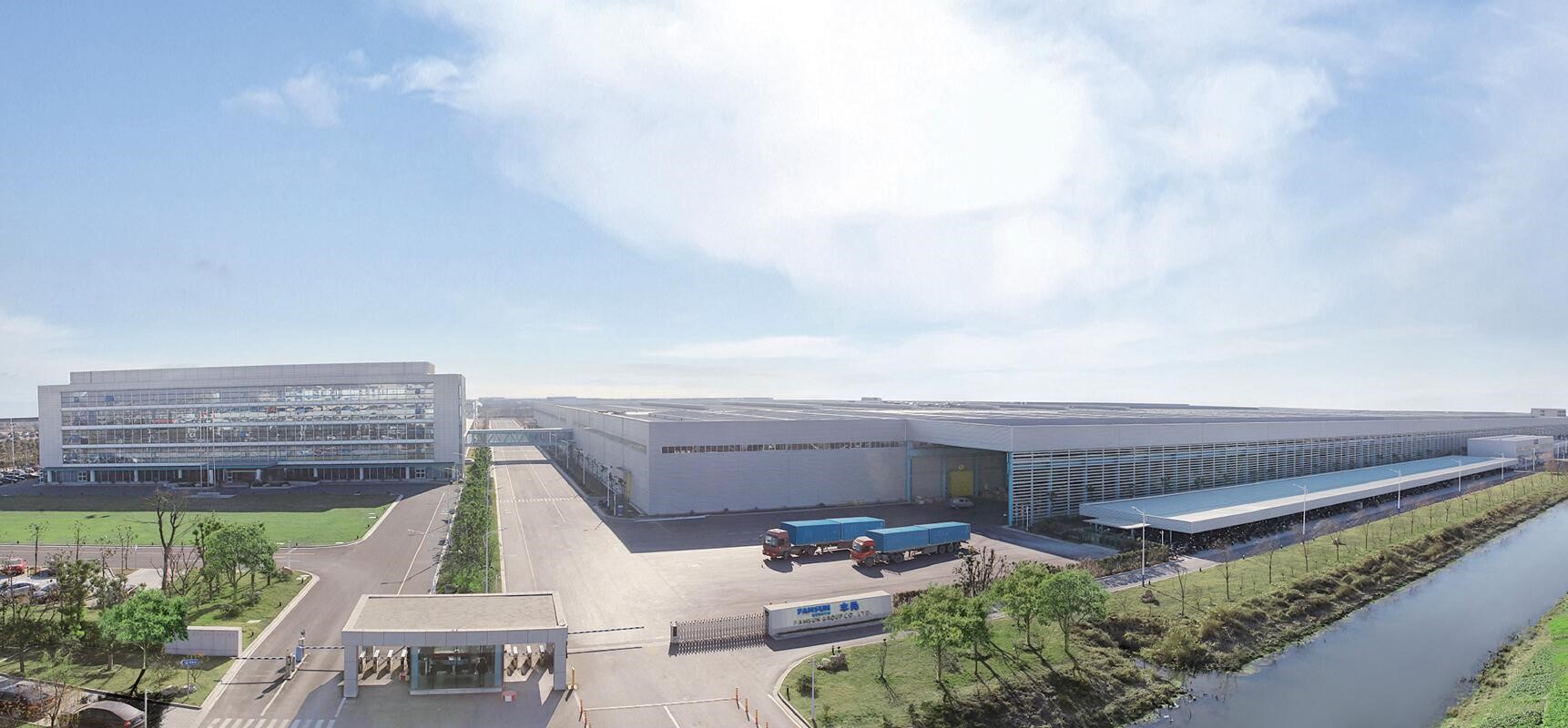
Global Presence
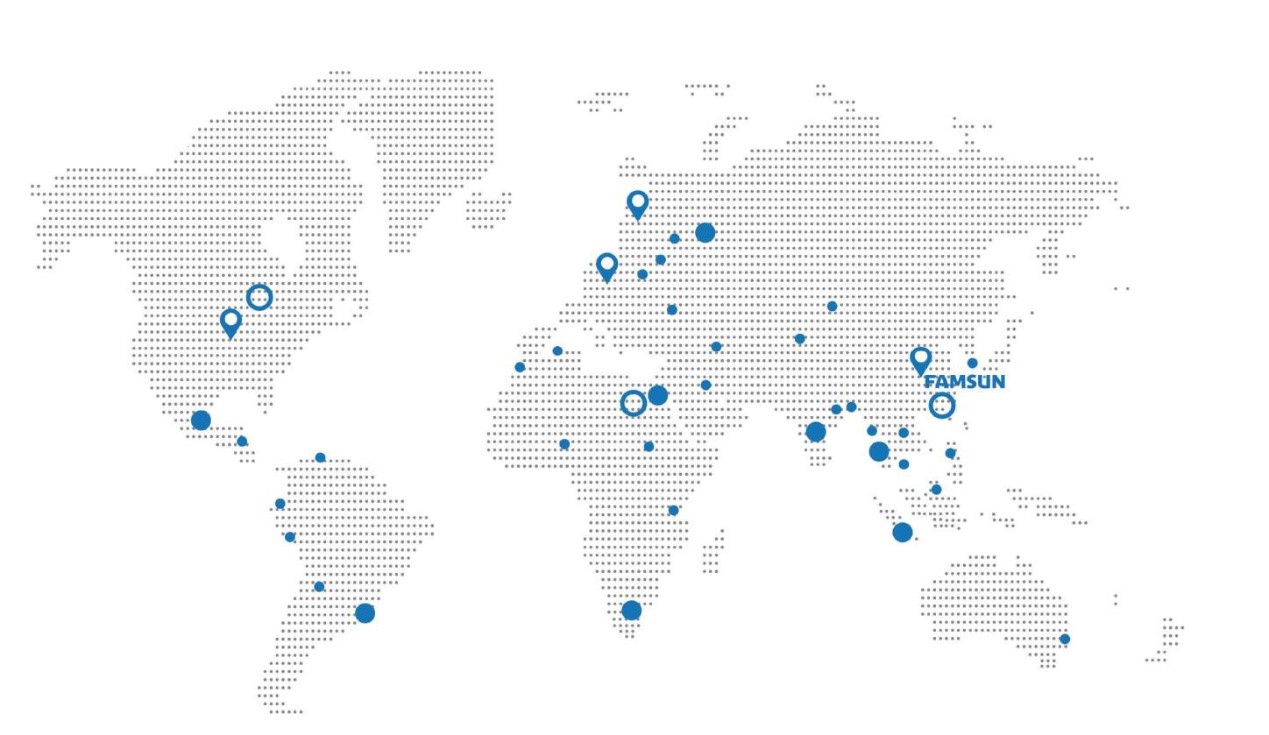
Company introduction
FAMSUN Group Co. Ltd., headquartered in Yangzhou, China, is a global technology partner and the integrated solution provider of plant, equipment, and services in feed manufacturing, grain milling, grain handling and storage, oilseed processing, food processing, steel structure construction, and industrial automation.
FAMSUN has over 2,800 employees, including 900 technicians and engineers. Backed by its strong R&D capabilities, FAMSUN has developed more than 120 series (700 models) of quality feed and grain processing machines and is capable of delivering a wide range of turnkey projects from farm to table and in associated industries.
FAMSUN operates five production sites as well as over 50 agencies, sales & service stations, and spare parts warehouses around the world. FAMSUN has successfully completed over 8,600 referenced projects in more than 140 countries.
Our vision is to provide optimal technology solution and make life better for all. We value innovation, hard work, dedication, integrity, quick response, and team-work.
FAMSUN Pet Food division is committed to machinery research, manufacturing, project engineering, factory construction and integrated solutions in pet food industry, create values for customers. As a leading integrated solution provider in pet food industry, FAMUSN undertakes pet food (dry food, semi-moist, extruded treats) and cat litter turn-key project.
Our corporate leads the market by technology, with experienced elite team and European & USA technical experts, through continuous innovation, to provide customers with professional, safe, systematic extruded pet food production solutions, customized environment-friendly and intelligent factory with high standards, high quality, high efficiency. We won the trust and praise from our partners/customers worldwide.
8,600+ referenced projects in 140+ countries. 50+ agencies, sales & service stations, and spare parts warehouses worldwide closed to customers. Five production bases, one in Egypt and four in China. Total of 74.07 hectares of manufacturing and distribution capacity. 2,800+ employees work in sales, customer service, engineering, R&D, production, and logistics. More than 5% of annual revenue invested in R&D, every year equipment is marked by CE and ATEX sym.
Noticias de la empresa
25/04/2022













